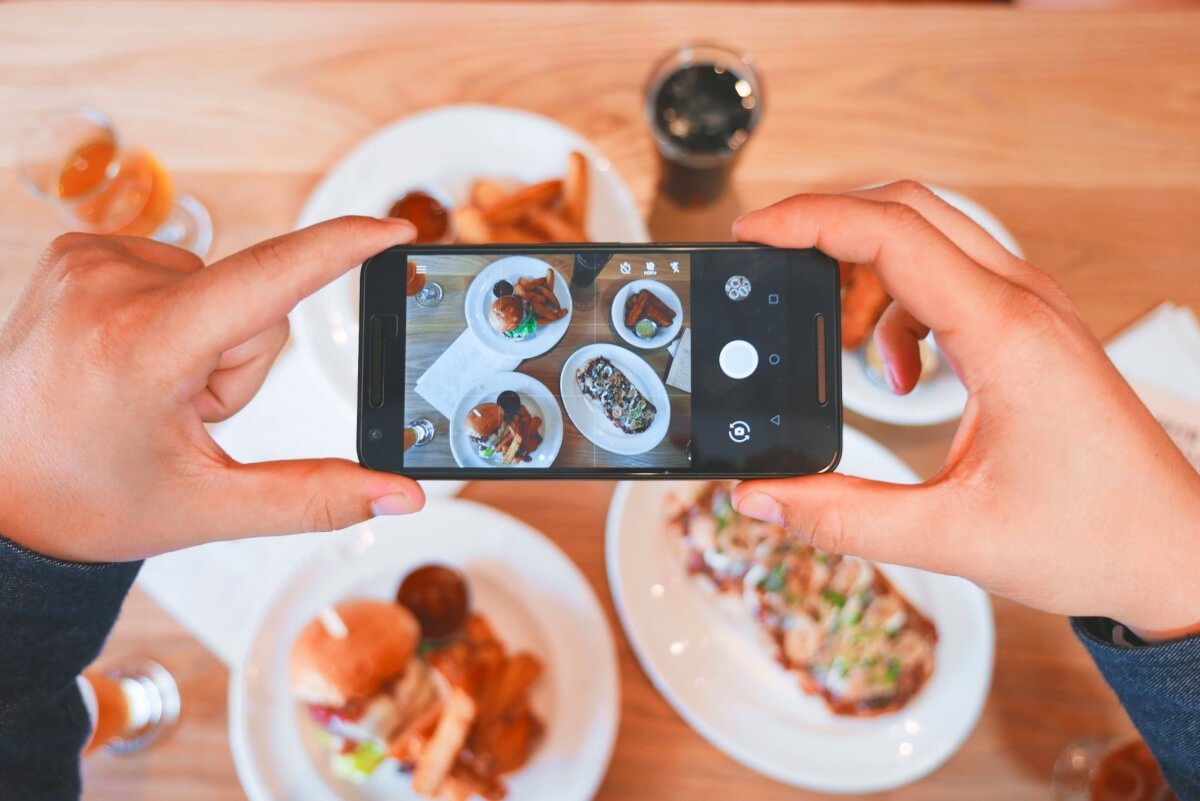
One of the best ways to promote a product or service is through emotional appeal. Emotional appeal can come from a personality or advocate of a brand in the form of a mascot, an influencer or customer review. We, as marketers, know that having a personality serve as an endorsement for a brand elevates brand messaging by making it more interesting and believable to customers.
Okay, my Marketing 101 spiel is over.
In the past, there have been cringe personality endorsement tactics, namely Joe Camel. We all know Old Joe, the cool cartoon camel from R. J. Reynolds Tobacco Company’s Camel cigarettes, which served as the face of the brand from 1988 until 1997
Joe wore hip wayfarer sunglasses with a sleek blazer, and drove a sporty car with a hot babe in the passenger seat. Essentially, Joe Camel was the James Bond of the cartoon animal kingdom – a real Smooth Character.
It kind of hit the fan for Joe Camel when a study was released in the Journal of the American Medical Association. The study showed that 91.3% of the 6-year-old children observed were able to connect Joe Camel to a photo of a cigarette.
For good reason, these findings were worrisome to the Federal Trade Commission (FTC). So they jumped in, too, bringing a complaint against R. J. Reynolds Tobacco Company for, “unfair practice under Section 5 of the Federal Trade Commission Act.”
Ultimately, the pressure from these players caused Joe Camel to be replaced with a featureless and less-cool camel.
Hindsight is 20/20, so it is easy to look back on Joe Camel and use it as an example of irresponsible advertising. However, people are not recognizing similar – if not the same – tactics are being used in the digital realm.
Focusing on some recent examples on YouTube for the sake of your time – and for the health of my typing fingers – it’s pretty troubling how close some YouTube influencers’ promotional tactics come to Joe Camel.
Some YouTube influencers portray a fun, relatable and cool vibe to their young audiences, and use that vibe as an emotional appeal advertising tactic to promote sponsors of videos. While the “I’m cool, I’m doing this. Be more like me.” emotional appeal is similar to that of Joe Camel, it’s not inherently bad.
I’m not saying that these YouTubers shouldn’t promote products, or brands should not have partnerships with influencers. Influencers/brands have every right to make and spend money.
The problem comes in when it is not executed responsibly.
YouTube communities have come under fire for not disclosing advertising in their videos. From the beauty community’s biased affiliate codes and perks, which typically lead to blatantly biased and misleading advertisements, to the vlogging community constantly bombarding young audience members to “Buy Dat Merch”… #LinkInBio.
Irresponsible execution of these advertisements can leave a bad taste in the consumer’s mouth, harming both the reputation of the brand and the influencer. Or, in severe cases, misleading advertisements can be seen as an unfair practice under Section 5 of the Federal Trade Commission Act. The same violation as Joe Camel – we have officially come full circle.
It is important to realize that the internet isn’t the wild west, where anything goes. There is an obligation for brands and influencers to work together to develop a responsible promotional plan and to have everything on the table for the consumer to see.
Take a lesson from 1997: make sure your influencer marketing plan isn’t a Joe Camel.
© 2025 O’Keeffe. All Rights Reserved. | Sitemap